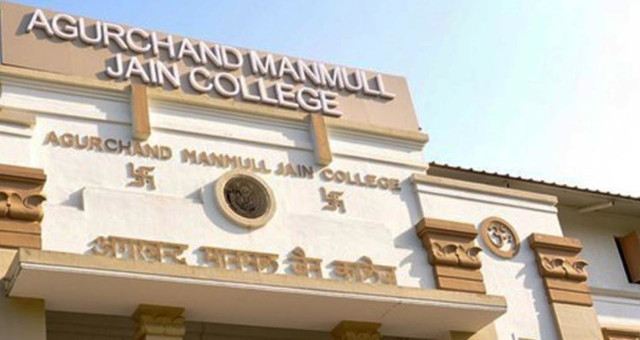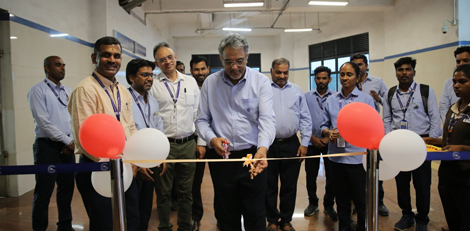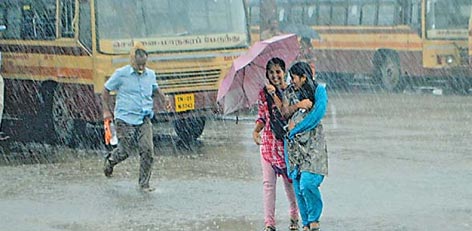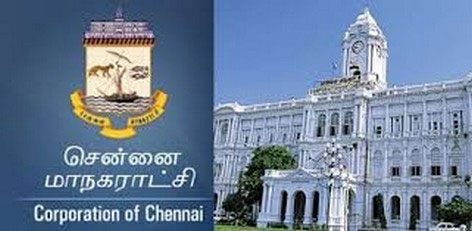Times of churn: Why India being 75 is good for the education system?
Posted on: 09/Aug/2023 10:06:09 AM

We are celebrating the seventy-fifth year of independence. To mark this moment, the Government of India has initiated the Azadi Ka Amrit Mahotsav, a seventy-five-week-long celebration to commemorate freedom struggle, culture, and achievements.
We have to understand that education is also an important indicator that helps in assessing a country�s performance. While much has been written about the current state of our politics, economics, science, infrastructure, policy, technology, military, culture, and so on, a reflection on our education system especially that of the higher education system, is missing from the public discourse.
The Mahotsav serves as an appropriate occasion to introspect where we stand as a country in relation to multiple indicators that define the robustness of a modern nation-state. But, it is higher education that provides a catalyst for transforming our human resource into knowledge economy. Common man often views higher education as a means to realise their dreams. Therefore, we must take stock of the system in question, critically review its present status, and offer solutions to its potential challenges.
Indian higher education: a retrospect
Any discussion of Indian higher education must begin from its roots, which are two-fold. We are the legatees of two different educational traditions: the Indic and the Anglo-Saxon. The traditions have divergent views on learning. On the one hand, the Indic tradition sees learning as a non-graded, non-linear, dynamic, and holistic process whereby the learner learns something about everything and later decides to specialise in whatever interests them. On the other, the Anglo-Saxon/British model insists on specialising in a particular subject from the get go. As a result, the learner becomes a �specialist� in their chosen field but hardly gets a chance to know other domains or have an alternative if working in the home discipline proves to be monotonous. Contradictions and fault lines exist in our higher education system today because of this checkered legacy.
The trace of the Indic worldview in our higher education system is all but gone. Specialisation, fuelled by the British model, has led to a Ghettoisation of disciplines. The system is such that it restricts interdisciplinary exposure. Neither a science student nor a literature student can study each other�s subjects. Even if there is such an opportunity, it exists merely as a tokenism.
However, there is a definite change in the education system. Over the last decade and a half in particular, India has seen an increase in the number of educational institutions offering a variety of academic, professional, and vocational courses. The Gross Enrolment Ratio of students accessing higher education has significantly risen over the years.
Boon or Bane
In addition to access, technology has played a vital role in this transformation. The use of technology in various aspects of educational process has been gaining momentum of late. The utilisation of technology has encompassed a wide range of tools that has assisted in e-learning, research, and administration. One of the most important aspects is the rise of online courses offered through various domains.
Technology should not be banned, as long as creativity rests with human beings. Learning can be optimised by the use of technology. People conflate distraction with the advent of technology. However, when used appropriately, it is a blessing, and has turned out to be so in the lives of many.
A student majoring in history can study Artificial Intelligence online and obtain certification. Whereas, an engineering student can pursue a certificate course in German. Even at an institutional level, there is greater awareness towards providing multi-disciplinary exposure to students. Universities and colleges have been compelled to provide more choices to students to stay relevant in today�s climate of self-tutoring.
At the same time, all is not well with technology though. It poses inevitable challenges to teaching-learning process and, to the education system as a whole. For one, there is always a problem of digital divide. Even if one were to make learning a technologically-mediated process, will it also reach students who do not have access to the necessary technological gadgets and the internet? Another crucial problem is whether everyone has �a room of one�s own� and time to access the information channeled through technology.
In the bygone years, teacher remained the sole means to access information. But with the advent of the internet, the teacher�s authority as the sole provider of knowledge and their ability to teach on par with the online sources has become increasingly dubious. Hence, the teacher is forced to be conversant with the emerging technology and be ahead of the curve in terms of both subject and technological expertise.
The existential question that all educational institutions face today is the following: why should a student come to college when information is just a swipe away?
A convincing answer to the question can be found in the Indic tradition: that the purpose of learning is not just in gathering information, but in seeking a holistic development of personality. By coming to college, students do not just gain knowledge, but also develop their social skills and acquire a hands-on experience in applying whatever they learn.
Can dreams come true?
Notwithstanding the impressive GER stats, higher education is still a dream for many today. Unaffordability, gender divide, lack of access, technological inaccessibility, infrastructural issueses, inter alia, remain some of the barriers blocking many from acquiring an undergraduate degree. The first step, therefore, is to mitigate these challenges and make higher education accessible to all.
However, universal access to higher education will not alone suffice. If it is taken as an end in itself, we will only be left with unemployed graduates burdened with serious identity crisis. Instead, educational institution must be a space that facilitates smooth transformation of an individual into society. To this end, it must insist on sustainability, social outreach, continuous learning, upskilling, collaboration with national and international institutions, industry exposure, etc.
In short, our higher education system will thrive with a dynamic leadership that can provide robust solutions. After all, as Bob Dylan once sang, �The times they are a-changing�.







